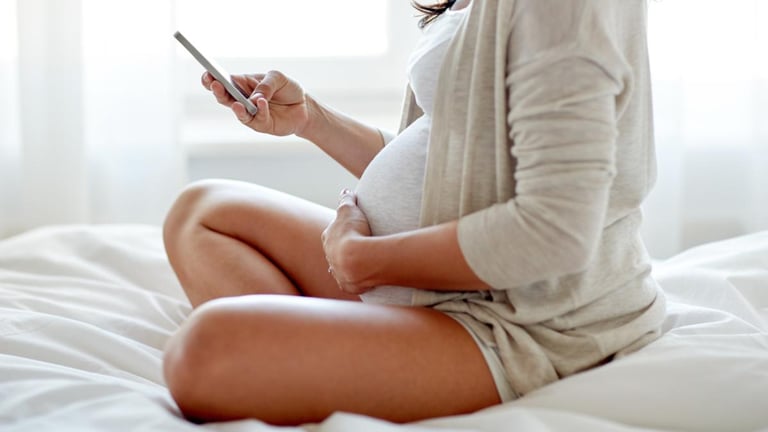Sydney's High Housing Costs Drive 8.6% Drop in Birth Rates Amid Australia's 'Baby Recession'
July 23, 2024
Australia recorded 289,100 births in 2023, a 4.6% decrease from the previous year, with Sydney facing the largest decline of 8.6%.
High housing costs in Sydney are influencing couples to opt for fewer children, preferring one or two kids due to limited suitable housing for larger families.
Lower birth rates in Australia are attributed to environmental concerns, increased career opportunities for women, financial constraints, and a trend towards smaller families.
Cost-of-living pressures and housing affordability issues, especially in Sydney, are significant deterrents for people in New South Wales to have children.
Inner-city Sydney suburbs like Chippendale, Darlinghurst, and Newtown exhibit extremely low fertility rates, with over 90% of Sydney suburbs falling below the replacement level.
Suburbs with more affordable housing in outer Sydney regions, such as Spring Farm and Schofields, are observing higher fertility rates, with these areas recording the most births in 2023.
Concerns arise regarding a potential population imbalance in Australia due to a declining birth rate and an aging population, raising worries about a shortage of workers to support the elderly.
KPMG analysis indicates a notable decrease in birth rates in Sydney, labeling it a 'baby recession' influenced by increased inflation and rising interest rates.
Australia's population growth now heavily relies on overseas migration rather than natural increase, highlighting the impact of declining birth rates.
Government efforts to boost birth rates in Australia include extending paid parental leave and reducing early childhood education costs.
Metropolitan Perth experienced a 6% decrease in birth rates, while regional Western Australia saw an 8% decline, reflecting a broader trend of declining birth rates in urban and regional areas.
Regional areas in Australia have shown a minimal 0.3% decline in births since 2019, in contrast to the more significant drop observed in urban centers like Sydney.
Summary based on 2 sources
Get a daily email with more Australia News stories
Sources

The Sydney Morning Herald • Jul 23, 2024
Sydney’s ‘baby recession’: Where births have plunged most
The West Australian • Jul 23, 2024
Baby drought is bad for the economy